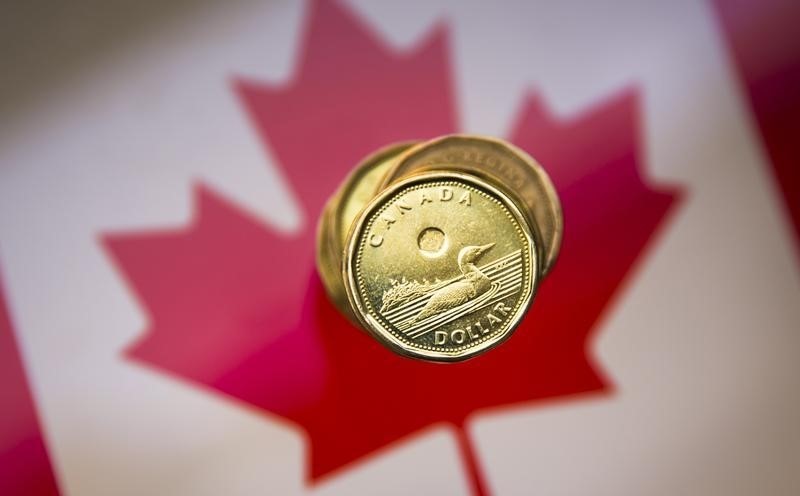* Canadian dollar falls 0.7% against the greenback
* Loonie hits weakest intraday level since Sept. 4 at 1.3325
* Price of U.S. oil decreases 1.8%
* Canada's 2-year yield climbs above its U.S. equivalent
By Fergal Smith
TORONTO, Oct 2 (Reuters) - The Canadian dollar weakened to a four-week low against its U.S. counterpart on Wednesday as oil prices fell and investors worried that a slowdown in U.S. manufacturing activity could hurt Canada's trade-dependent economy.
Wall Street's main indexes suffered their sharpest one-day declines in nearly six weeks after employment and manufacturing data suggested that fallout from the U.S.-China trade war is further hurting U.S. economic growth. markets are down quite sharply overall as is oil prices, so that is having an effect," said Rahim Madhavji, president at KnightsbridgeFX.com. "If the U.S. economy sneezes Canada catches a cold."
Canada sends about 75% of its exports, including oil, to the United States.
Oil prices fell after official data showed a rise in U.S. crude inventories, adding to worries about an oversupplied market as weak economic readings in the United States depressed global financial markets. U.S. crude oil futures CLc1 settled 1.8% lower at $52.64 a barrel. 4:32 p.m. (2032 GMT), the Canadian dollar CAD=D4 was trading 0.7% lower at 1.3320 to the greenback, or 75.08 U.S. cents, its biggest decline since Aug. 14.
The currency touched its weakest intraday level since Sept. 4 at 1.3325.
The Bank of Canada has worried that the U.S.-China trade conflict is weighing more heavily on the global economy, but has showed no appetite for cutting rates amid steady domestic activity. trade report for August is due on Friday, which could help guide expectations for the central bank's interest rate outlook.
Canadian government bond prices were higher across the yield curve in sympathy with U.S. Treasuries. The two-year CA2YT=RR rose 7.5 Canadian cents to yield 1.491% and the 10-year CA10YT=RR was up 41 Canadian cents to yield 1.309%.
The 2-year yield climbed above its U.S. equivalent for the first time since October 2017, as expectations rose that the Federal Reserve would cut interest rates later this month.
